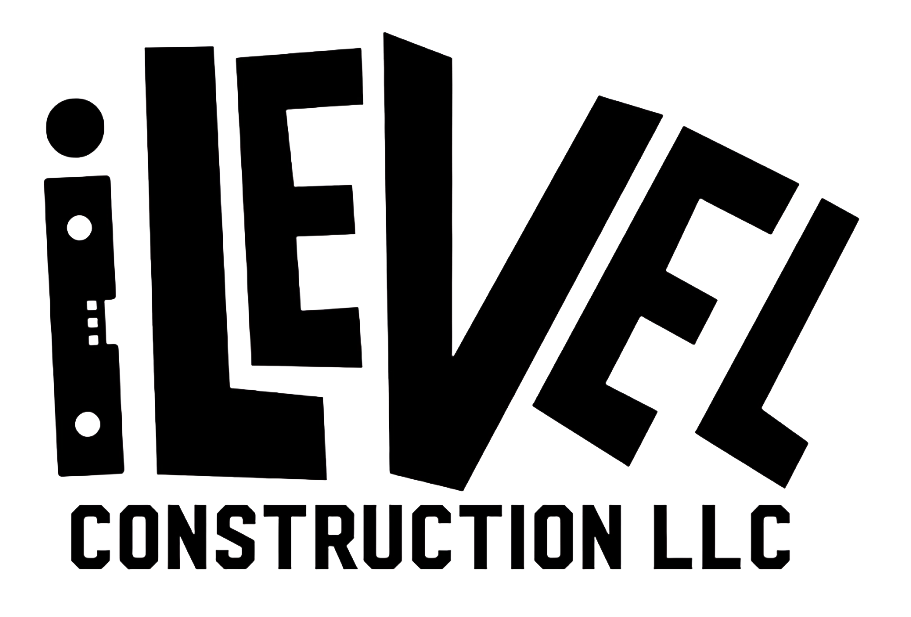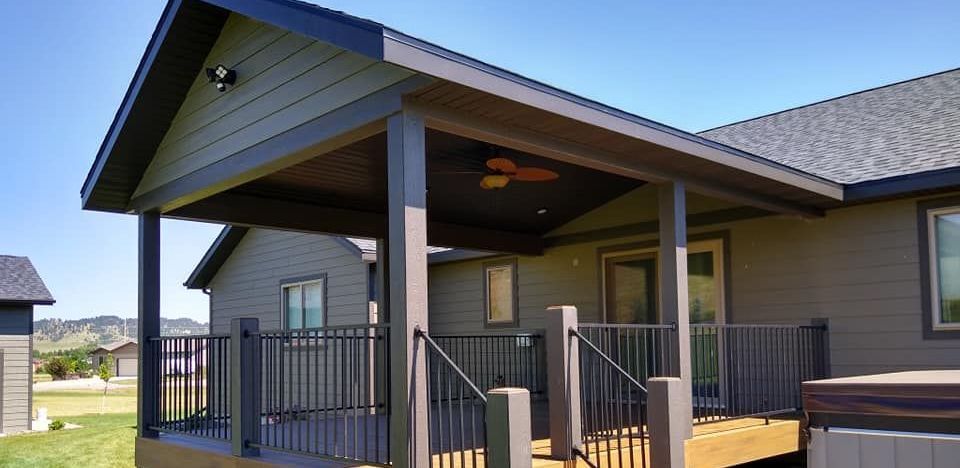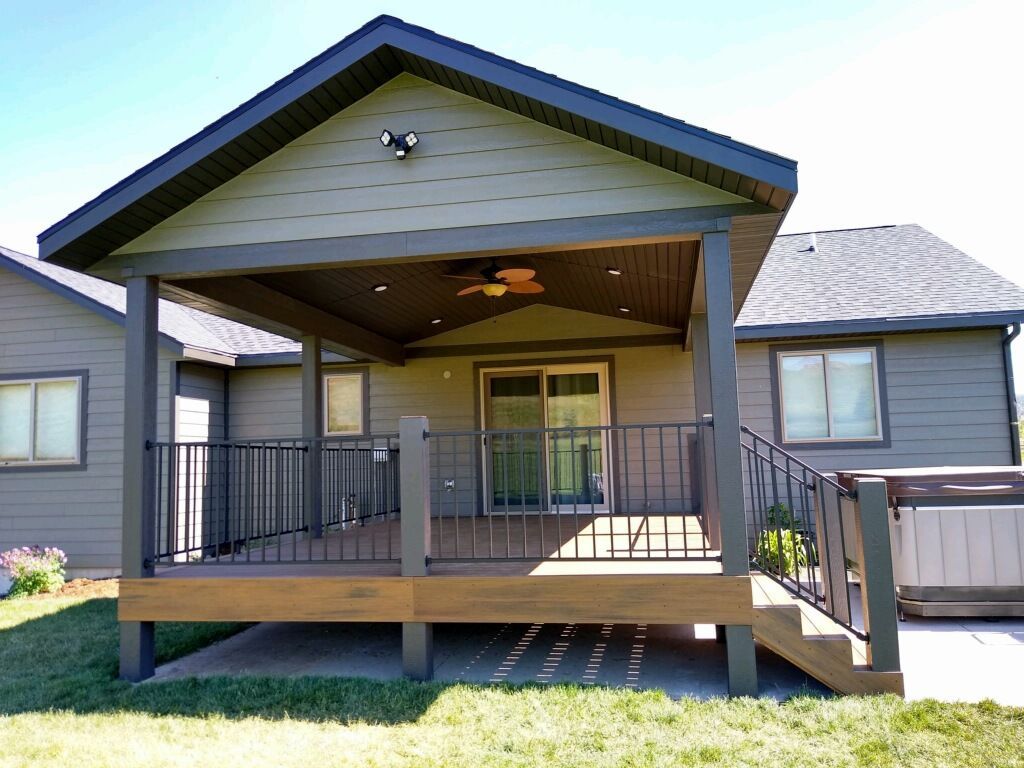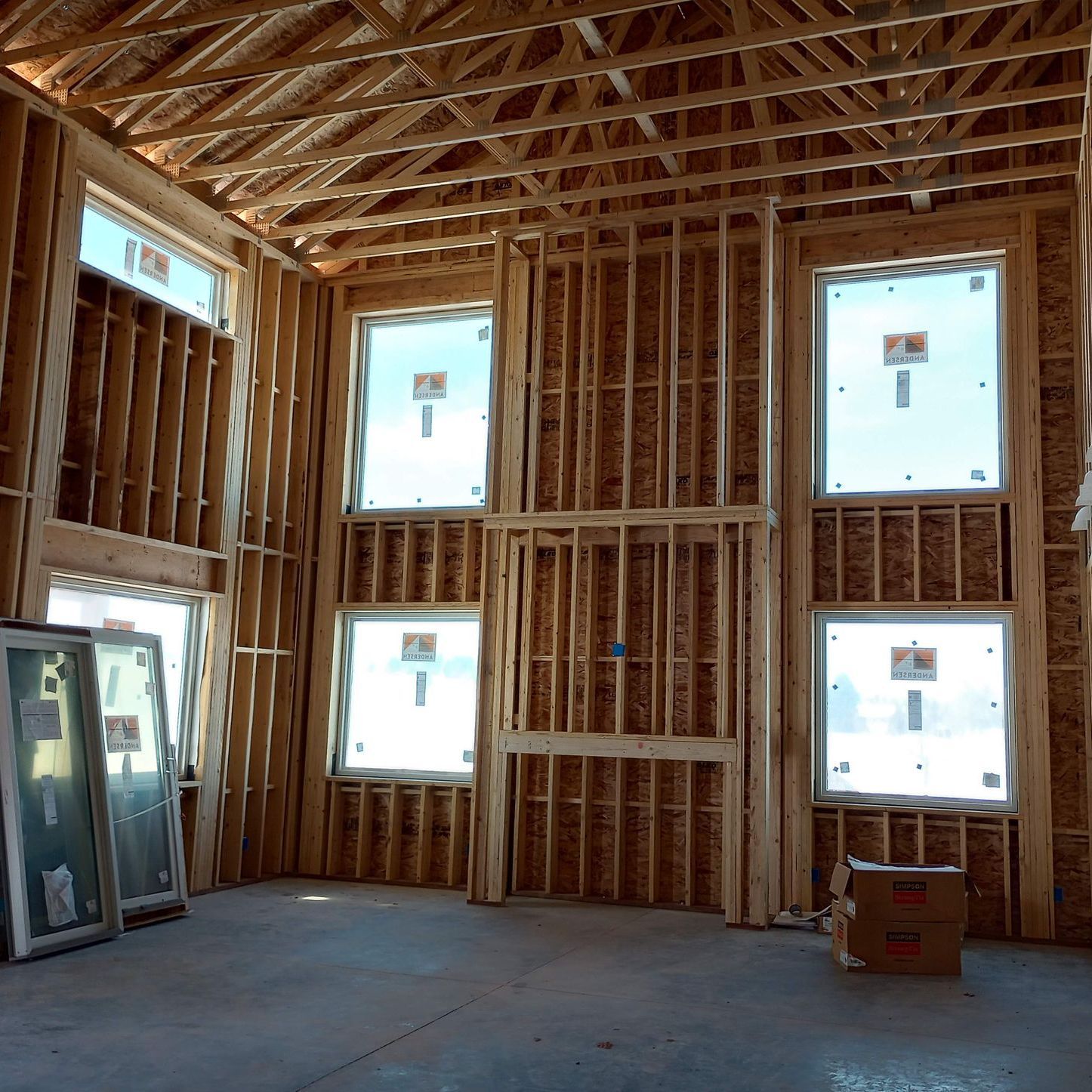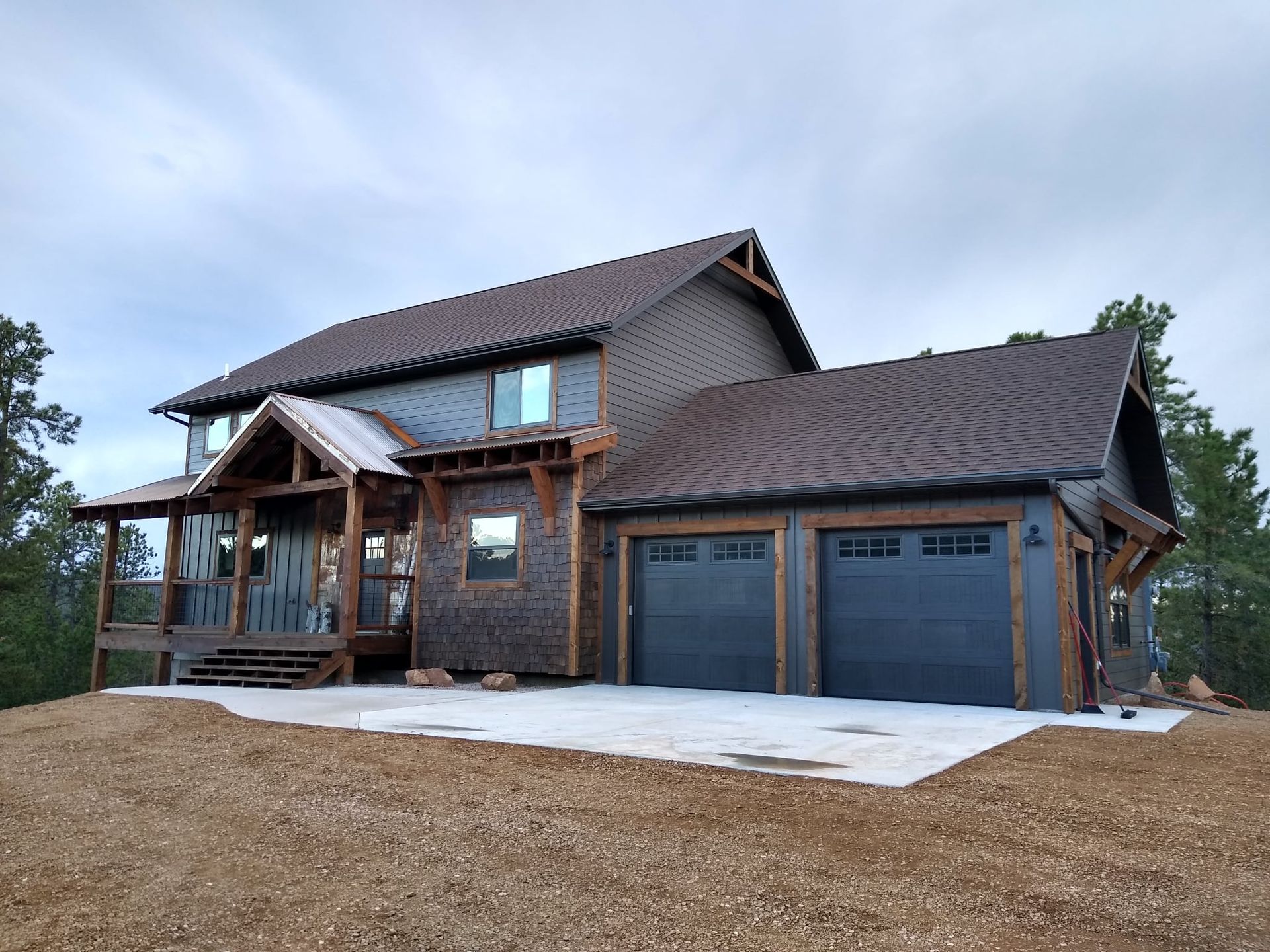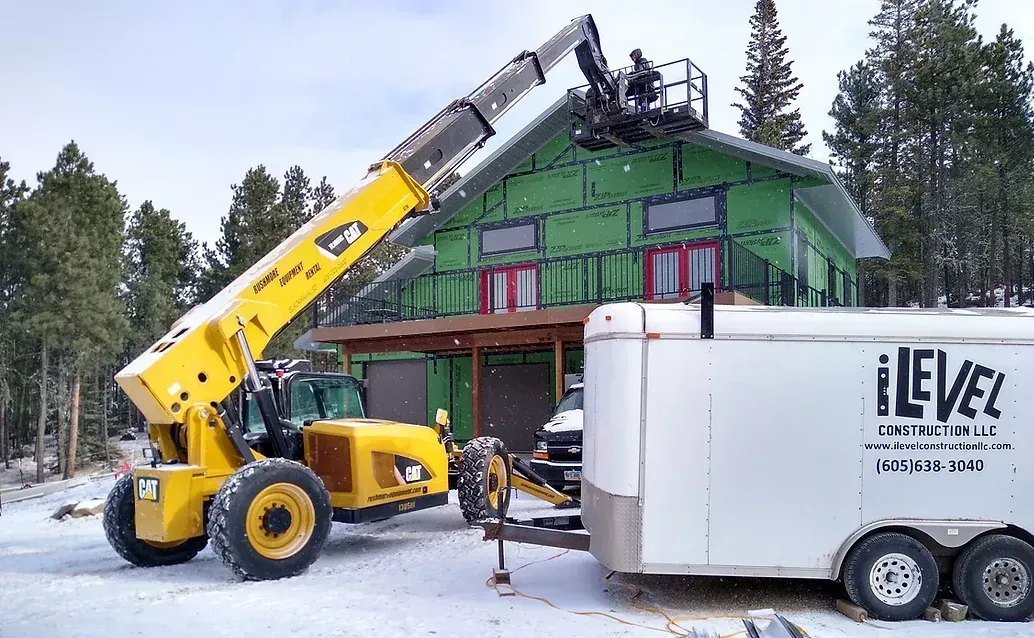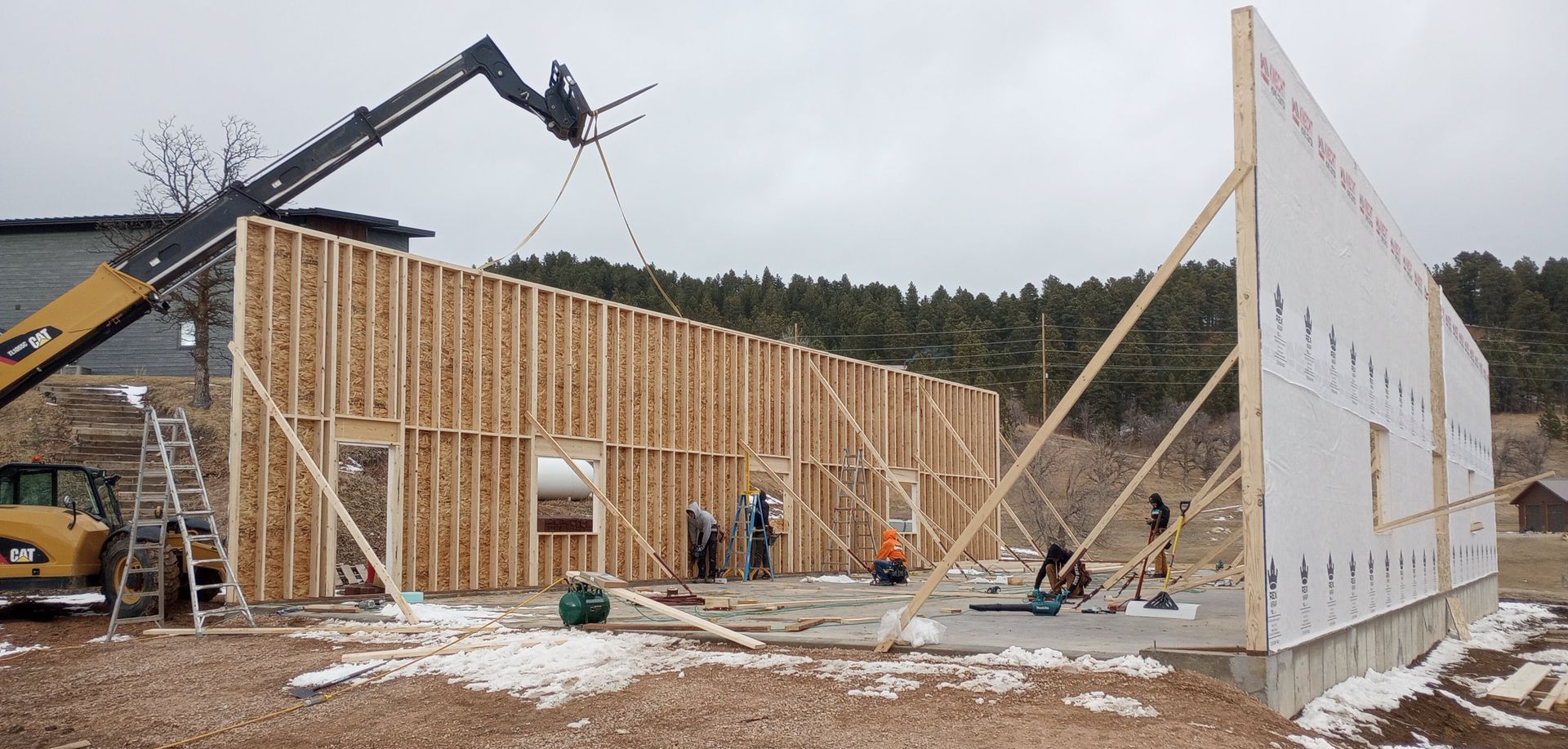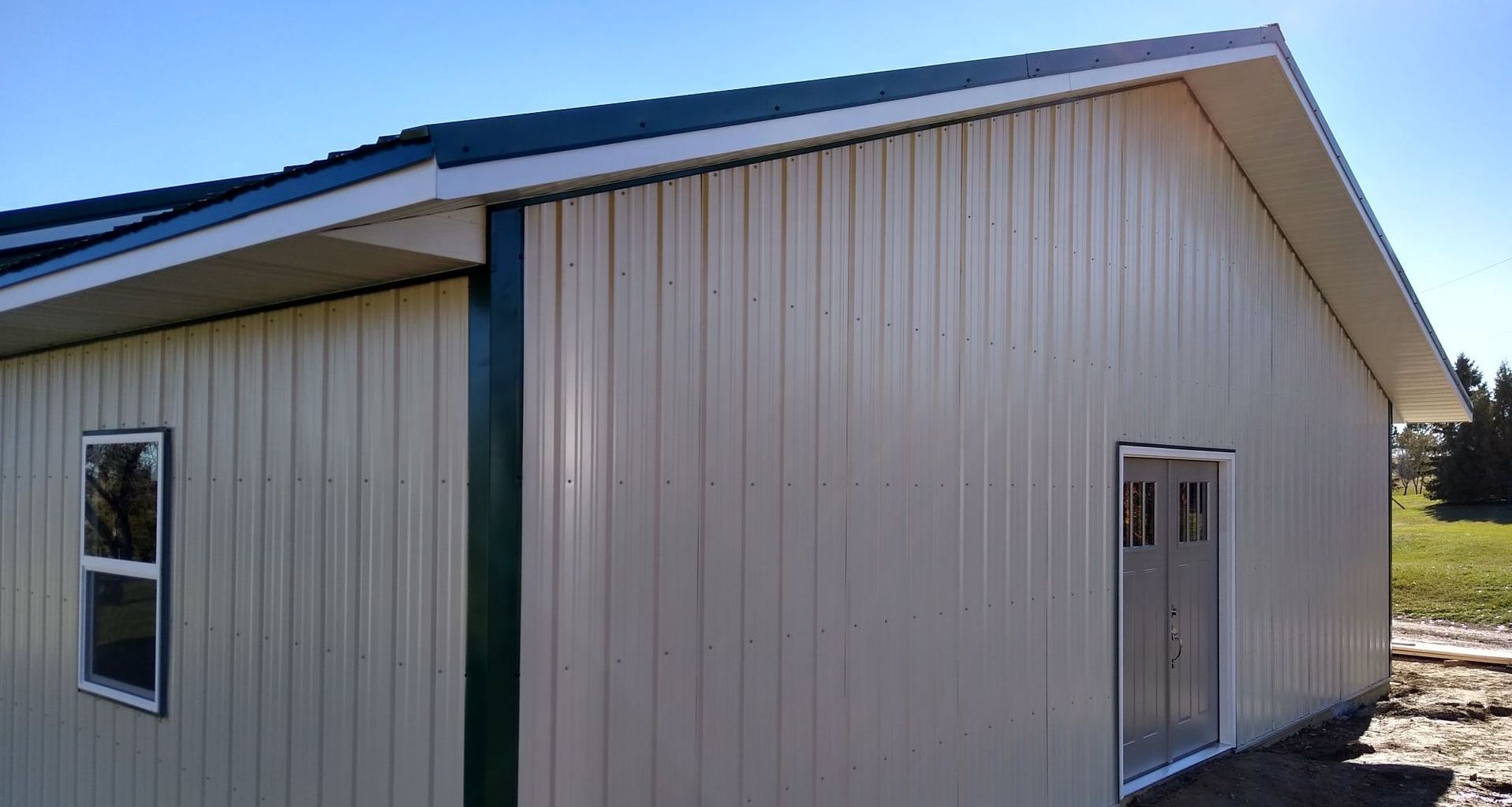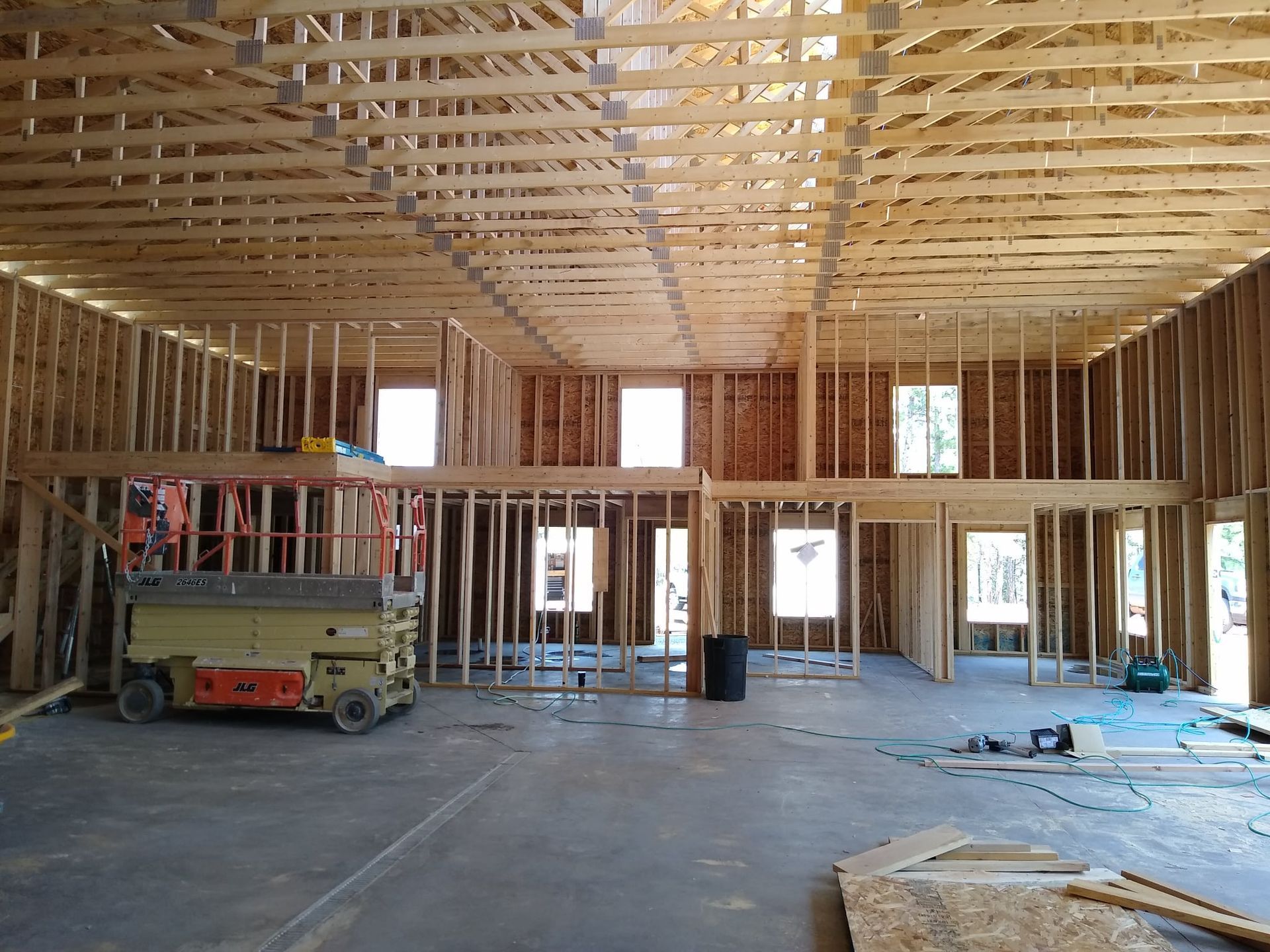Fixed Bid Pricing vs. Cost-Plus Pricing: Which is Right for Your Project?
When it comes to pricing models in construction, two main approaches dominate the industry: fixed bid pricing and cost-plus pricing. Each has its pros and cons, and understanding the differences can help you decide which is best for your project. In this blog, we’ll break down the key aspects of both models, their benefits, challenges, and why one might be a better fit for your needs.
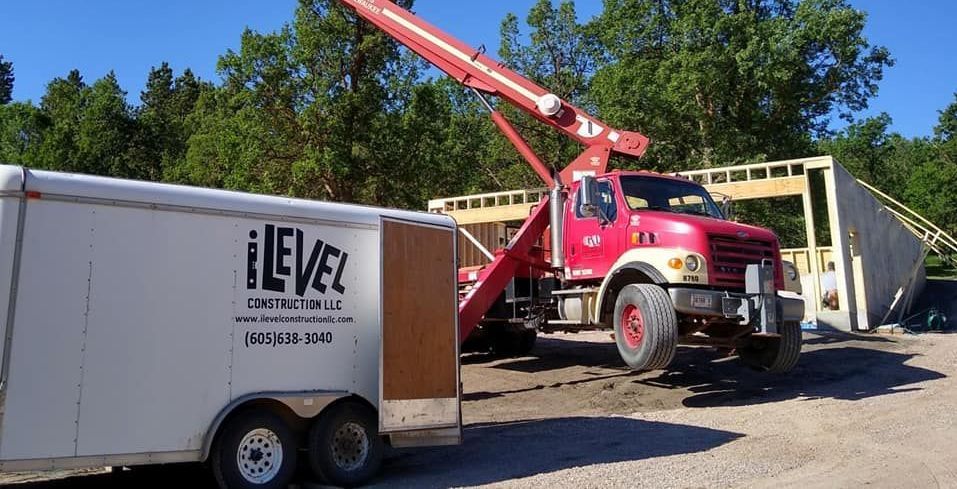
What is Fixed Bid Pricing?
Fixed bid pricing is a model where the contractor provides a set price for the entire project. This price is agreed upon before construction begins and typically includes all labor, materials, and overhead costs. The contractor assumes the risk of any cost overruns, which can be appealing to clients who want a predictable budget.
| Pros of Fixed Bid Pricing: | Cons of Fixed Bid Pricing: |
|---|---|
| Predictability: Clients know the total cost upfront. | Less transparency: Clients may not know exactly where their money is going. |
| Less involvement: Clients don’t need to be deeply involved in the day-to-day decisions. | Potential for shortcuts: Contractors might cut corners to stay within the fixed budget. |
| Risk on the contractor: If material prices rise or unexpected issues arise, the contractor absorbs the additional costs. | Inflexibility: Changes or upgrades during the project can lead to costly change orders. |
What is Cost-Plus Pricing?
Cost-plus pricing, on the other hand, is a model where the client pays for the actual cost of materials, labor, and other expenses, plus a predetermined markup (e.g., 10-20%). This approach offers greater transparency and allows clients to be more involved in the decision-making process.
| Pros of Cost-Plus Pricing: | Cons of Cost-Plus Pricing: |
|---|---|
| Transparency: Clients see exactly where their money is going. | Less predictability: Final costs can vary depending on material prices and project changes. |
| Flexibility: Changes or upgrades can be accommodated more easily. | More involvement required: Clients need to be more hands-on, which can be time-consuming. |
| Collaboration: Clients can be actively involved in the build process, from material selection to design decisions. | Potential for higher costs: If material prices spike, the client bears the brunt of those increases. |
Why We Prefer Cost-Plus Pricing:
At our company, we lean toward cost-plus pricing because it allows us to offer unparalleled transparency to our clients. Instead of hiding costs or marking up materials behind the scenes, we show clients the actual cost of materials and labor, then add a fixed markup (e.g., 10%). This approach fosters trust and collaboration, as clients can see exactly where their money is going and be involved in the build process.
For example, if a house build is estimated at 800,000,we provide a detailed breakdown of costs. If the total build cost comes in at 800,000,we provide a detailed breakdown of costs. If the total build cost comes in at 720,000, we add a 10% markup, bringing the final price to $792,000. This level of detail helps clients feel confident and informed.
Common Questions About Cost-Plus Pricing
1. How do banks and title companies view cost-plus pricing?
It depends on the bank and title company. Some banks prefer fixed bids because they provide a clear, predictable number. However, many title companies appreciate the transparency of cost-plus pricing, as they can see exactly what’s included in the budget. Banks may also have their own build spreadsheets to track expenses and release funds accordingly.
2. What about material price fluctuations?
Material costs can be unpredictable, especially in volatile markets. For example, lumber prices can swing 30-40% in a short period. With cost-plus pricing, clients are aware of these fluctuations and can make informed decisions. In contrast, fixed bid contracts often include escalation clauses to account for drastic material price changes.
The Pain Points of Cost-Plus Pricing
While cost-plus pricing offers many benefits, it’s not without its challenges:
- Client involvement: Clients need to be more involved in the process, which can be time-consuming.
- Budget uncertainty: If material prices rise unexpectedly, the final cost can exceed initial estimates.
- Contractor management: Clients must trust their contractor to manage costs effectively and avoid overspending.
Fixed Bid Pricing Challenges
Fixed bid pricing also has its pitfalls, especially in volatile markets. For example, during the COVID-19 pandemic, many contractors who used fixed bid pricing faced significant losses due to skyrocketing material costs. One builder who had a contract to build townhomes in a development found themselves in financial trouble when material prices surged unexpectedly.
Key Takeaways: Which Pricing Model is Right for You?
- Choose fixed bid pricing if: You want a predictable budget, prefer minimal involvement, and are comfortable with less transparency.
- Choose cost-plus pricing if: You value transparency, want to be involved in the build process, and are prepared for potential cost fluctuations.
Tips for Hiring a Contractor
- Ask about project management software: A good contractor should have tools to track costs, timelines, and communication.
- Discuss markup and transparency: Make sure you understand how the contractor calculates their fees and whether they provide detailed cost breakdowns.
- Check references: Look for contractors with a proven track record of delivering projects on time and within budget.
Final Thoughts
Both fixed bid and cost-plus pricing have their place in the construction industry. At our company, we believe cost-plus pricing offers the best value for our clients by providing transparency, flexibility, and collaboration. However, the right choice ultimately depends on your priorities, budget, and level of involvement in the project.
By understanding the pros and cons of each model, you can make an informed decision that ensures a successful and stress-free build. Whether you choose fixed bid or cost-plus pricing, the key is to work with a contractor you trust and who aligns with your goals. If you are interested in getting more information about the topic, please contact us directly.
Contact Info
Spearfish, South Dakota 57783, United States
QUICK LINKS
Searching for reliable custom home builder in Black Hills area? We proudly serve locations near Spearfish, SD, including: Rapid City, SD, Sturgis, SD, Belle Fourche, SD, Deadwood, SD, Lead, SD, Sundance, WY, Whitewood, SD, Hulett, WY.
